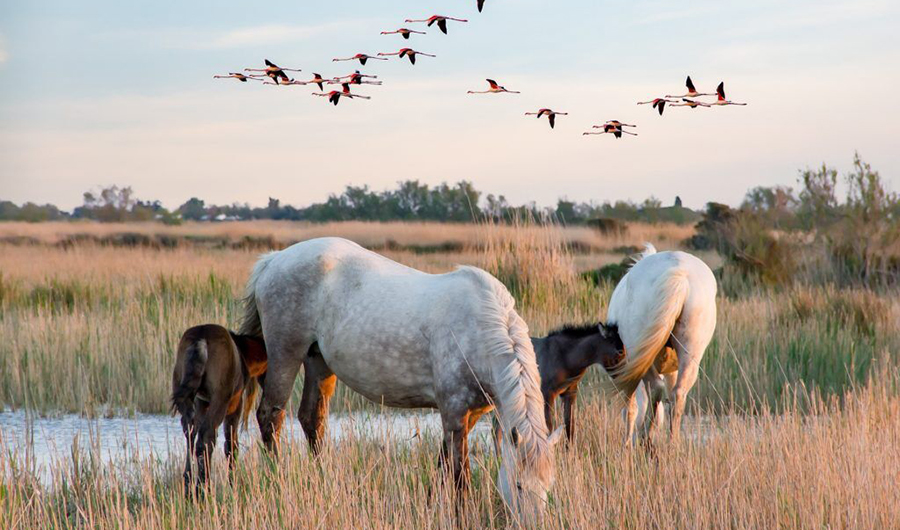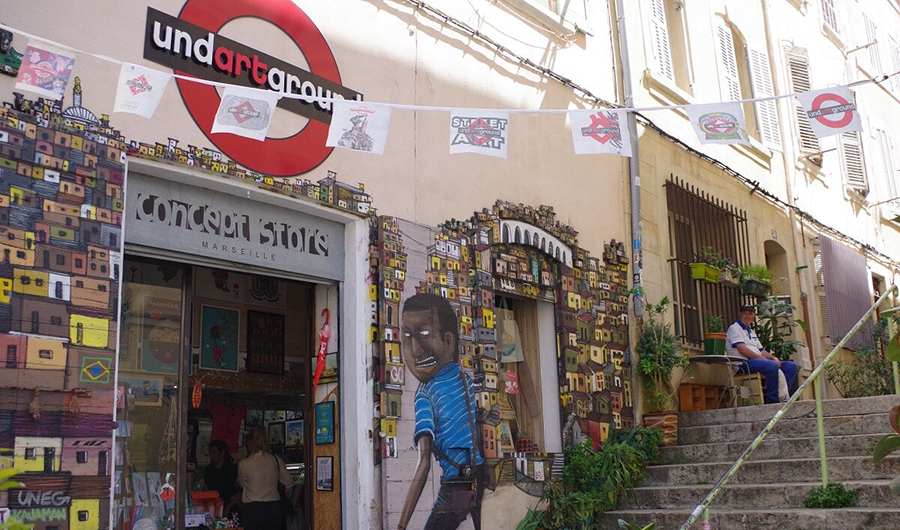Wine tour – 7 hours
Itinéraire
In this day you are going to test wines of the region in two domains, you have the choice between
Avignon – Côtes de Provence – Côteaux d’Aix – Cassis and Bandol, Les Baux de Provence available in all 3 colors.
Depending on your choice, you can combine this tour with a visit to the historic center of Aix-en-Provence, a visit to an olive oil producer, go to a Provencal market and organize a picnic, discover Marseille, take a boat trip in the calanques national park, see the medieval village of Le Castellet.
Here are the differences between the wine regions:
.Avignon : Châteauneuf du Pape, Gigondas & Séguret: The AOC Châteauneuf-du-Pape is the flagship wine of the southern Rhone Valley and one of the greatest French wines.
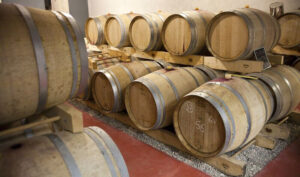
. Côtes de Provence:
THE REDS
Depending on the grape variety, the soil, the climate, and whether the winemaker prefers to produce young wines or wines for ageing, the wide range of reds allows one to discover sweet red fruit and floral aromas up to generous, velvety and deep reds made to age for several months in oak barrels or in barriques.
THE ROSES
The color is pale pink, so characteristic of Côtes de Provence. Its aromatic complexity presents notes of fresh tropical fruits, floral notes but also spices and herbs. In the mouth, rosé wines have a nice acidic balance that combines freshness and roundness.
WHITE WINE
Traditionally “blanc de blanc” (fermented only from white grapes), offering a beautiful pale gold color with green highlights. Their taste characteristics are based on a delicate balance between freshness and flavor, which gives them a beautiful harmony.
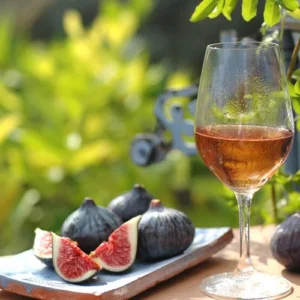
Visite du vin
. Côteaux d’Aix:
Whites :
Les couleurs vont du jaune pâle au jaune brillant avec des reflets verts. Le nez est floral (fenouil, acacia, genêt), fruité (agrumes, citron, pamplemousse) ou balsamique (résine). La sensation en bouche est structurée, un peu vive avec une finale fraîche.
Rosés :
Une large palette allant du rose pâle et saumoné à l'orange vif. Le nez reflète une mosaïque de climats et de sols : Fruité, floral (thym, aneth, citron vert), végétal (menthe, tabac), empyreumatique (silex), balsamique (écorce de pin). La finale en bouche est fraîche mais pas tranchante. Fondu mais pas chaud. Rond, doux et structuré mais non astringent.
Reds :
Des rouges riches, des reflets violets. Le nez est fruité (fruits rouges) ou végétal (laurier, romarin, tabac) évoluant vers les fruits noirs avec des notes épicées. (réglisse, cannelle) ou animal (fourrure, venaison).

. Cassis and Bandol:
– Whites : light, straw yellow color with aromas of lime and broom.
– Rosés : Pale rosehips color. The increased use of the Mourvèdre variety now provides better preservation.
– Reds : Mourvèdre and Grenache varieties. They are powerful, full-bodied, tannic and often age well. Initially characterized by aromas of red fruits, then to notes of truffles and undergrowth.consectetur adipiscing elit. Ut elit tellus, luctus nec ullamcorper mattis, pulvinar dapibus leo.
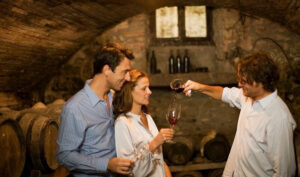
. Les Baux de Provence:
Reds: Fleshy, robust, full-bodied with a good tannic reserves for ageing. Vegetable notes of rosemary and tobacco evolving towards notes of black fruits or game.
Les cépages de l'AOC Baux sont essentiellement le Grenache, le Mourvèdre et la Syrah, mais aussi le Cabernet Sauvignon, le Cinsault et la Counoise.
Si vous souhaitez partager cette visite avec d'autres personnes sur votre bateau de croisière, vous pouvez poster un message sur le site : www.cruisecritic.co.uk où l'on trouve facilement d'autres voyageurs.
Example : 106 € / person on a basis of 8 people
For tours from the port of Toulon /La Seyne sur Mer
There will be a supplement of 90€ because I’m based in Marseille, which means a 2-hour round trip.



